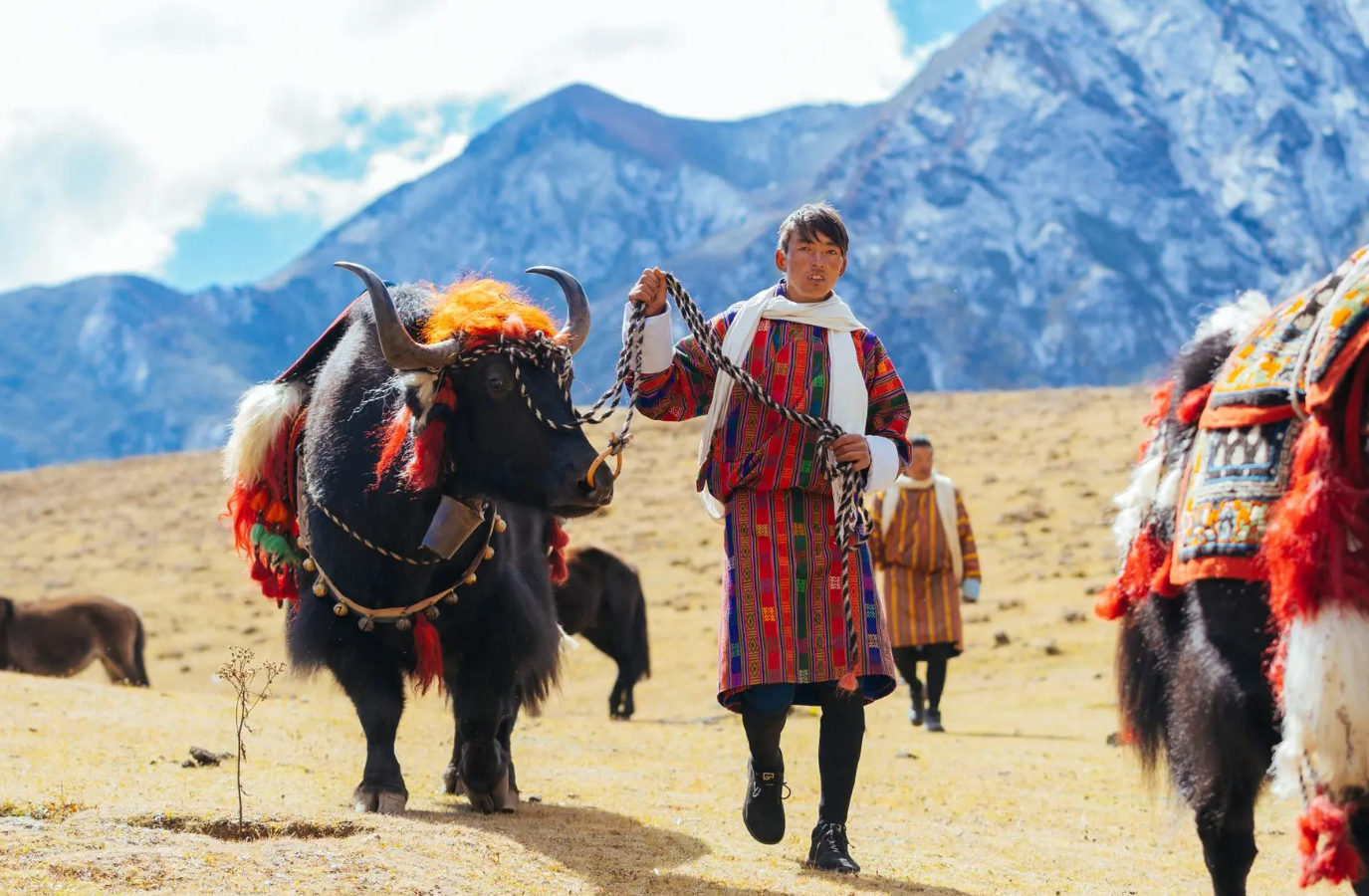About bhutan
WELCOME TO BHUTAN
In a world that is always on the go, Bhutan provides sanctuary. Here, you can find earthly pleasures: archery and age-old crafts, dishes of home-made cheese and fearsomely hot chillies, breathtaking treks and restorative hot-stone baths.
But there’s another Bhutan, too – the one hinted at by the prayer flags strung across gorges and fluttering on every hillside. It’s where irreverent humour meets deeply held beliefs, and epic landscapes and slow journeys create room for quiet awe. In this Bhutan, you can enhance your well-being, immerse yourself in wonder and embark on exhilarating adventures.
Drukyul, as Bhutan is known here, is a land of arresting contrasts – and uncommon harmony. It’s a place where people can find peace and do business, experience living traditions and discover wilderness teeming with life.
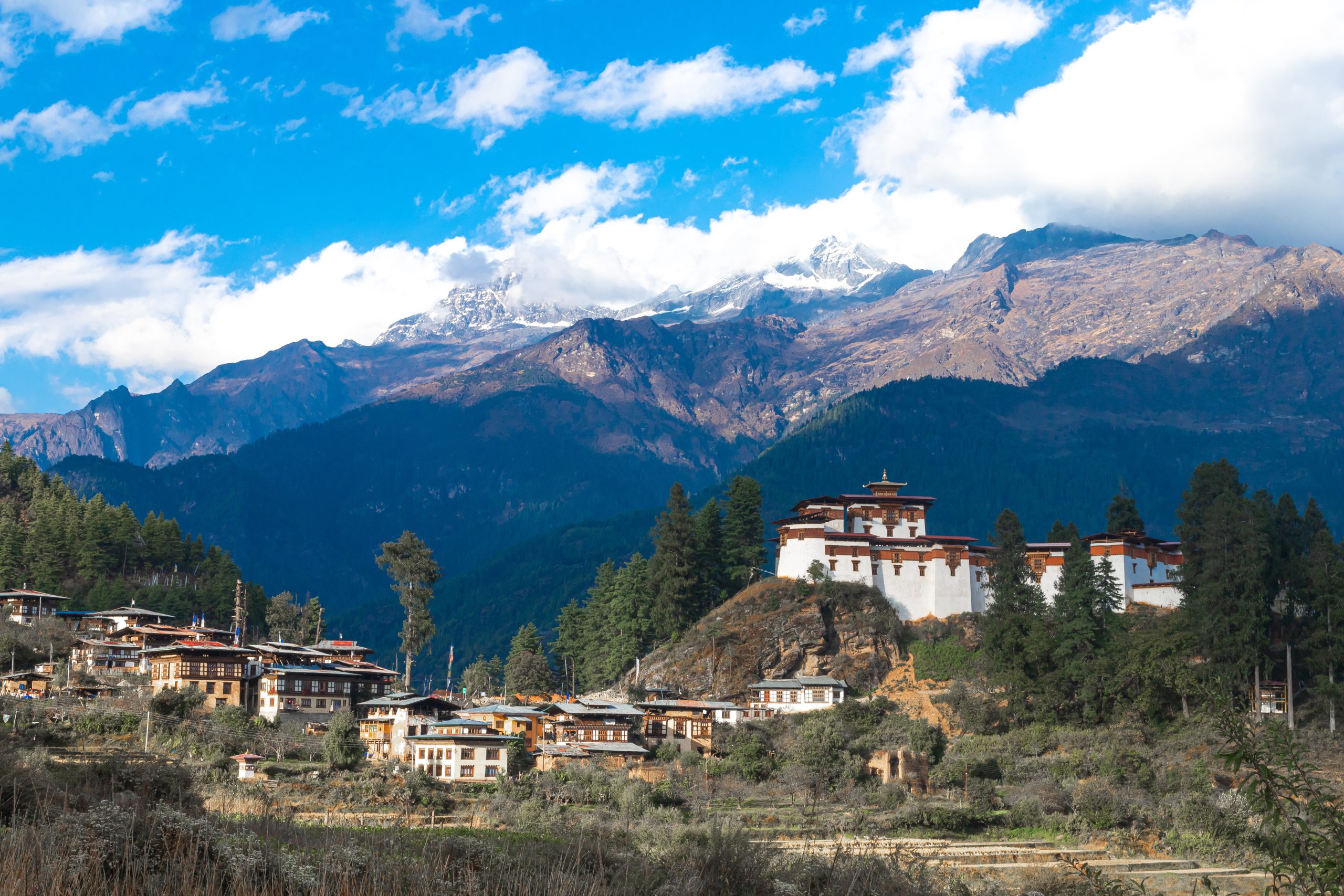
PROUD OF OUR HERITAGE AND BUILDING A THRIVING FUTURE.
Our history is both ancient and recent, and weaves together folklore and fact. Perched high in the Himalayas, Drukyul, the Land of the Thunder Dragon, existed almost undisturbed for centuries, allowing unique traditions and ways of life to flourish. Today, we are focused on the future, investing in education, technology and infrastructure that firmly establish Bhutan as a global force.
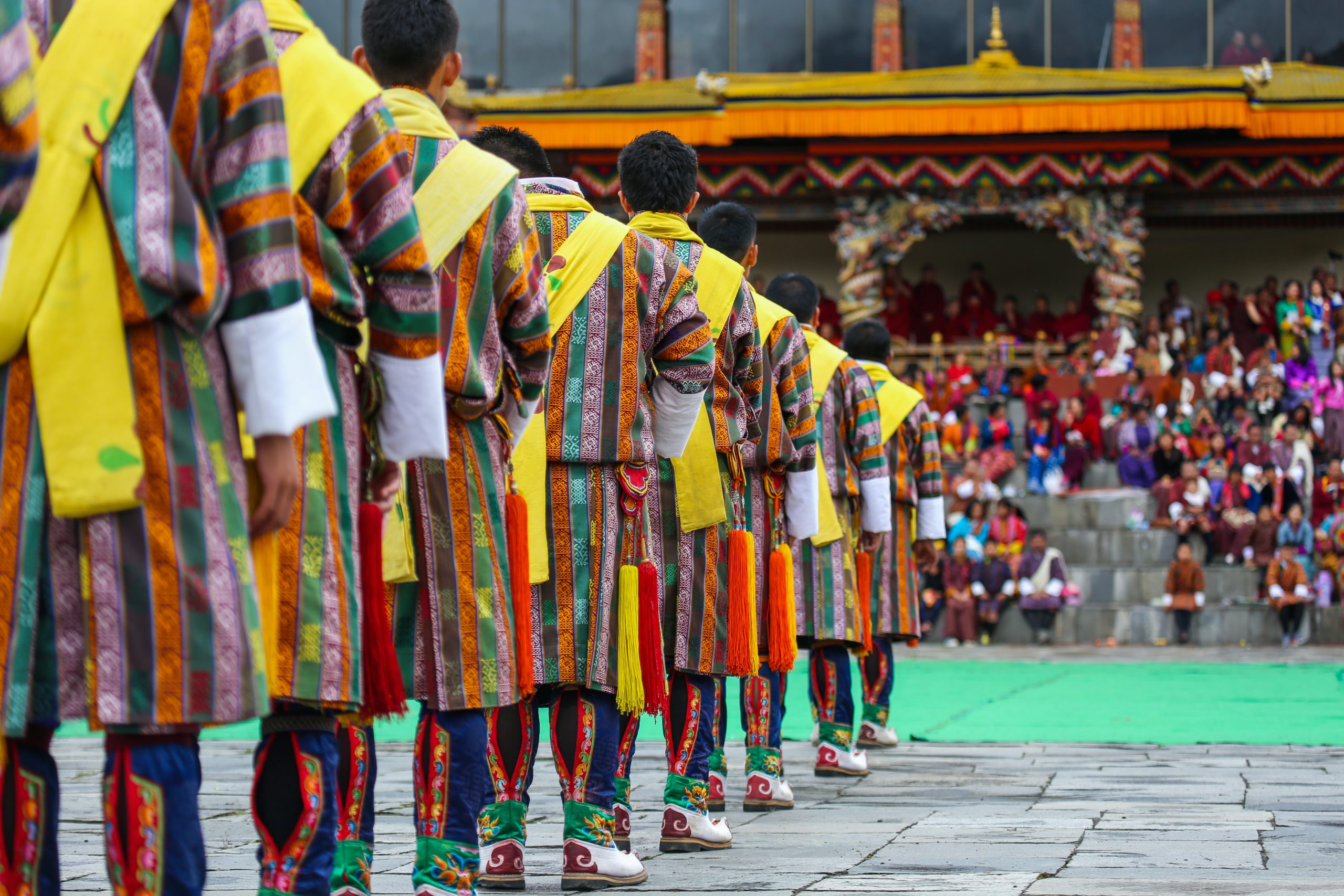
A RICH TAPESTRY OF ETHNICITIES, ALL PROUDLY BHUTANESE.
You’ll meet Tshanglas in the east, Ngalops in the west and Lhotshampas in the fertile foothills of the south, as well as Bumthaps and Khengpas, Brokpas and Bramis, Kurtoeps, Doyas and Monpas. Nineteen languages are spoken here, including English – the language used in the Bhutanese school system. Our peaceable Buddhist nation embodies deeply ingrained values: compassion, inclusivity and hospitality
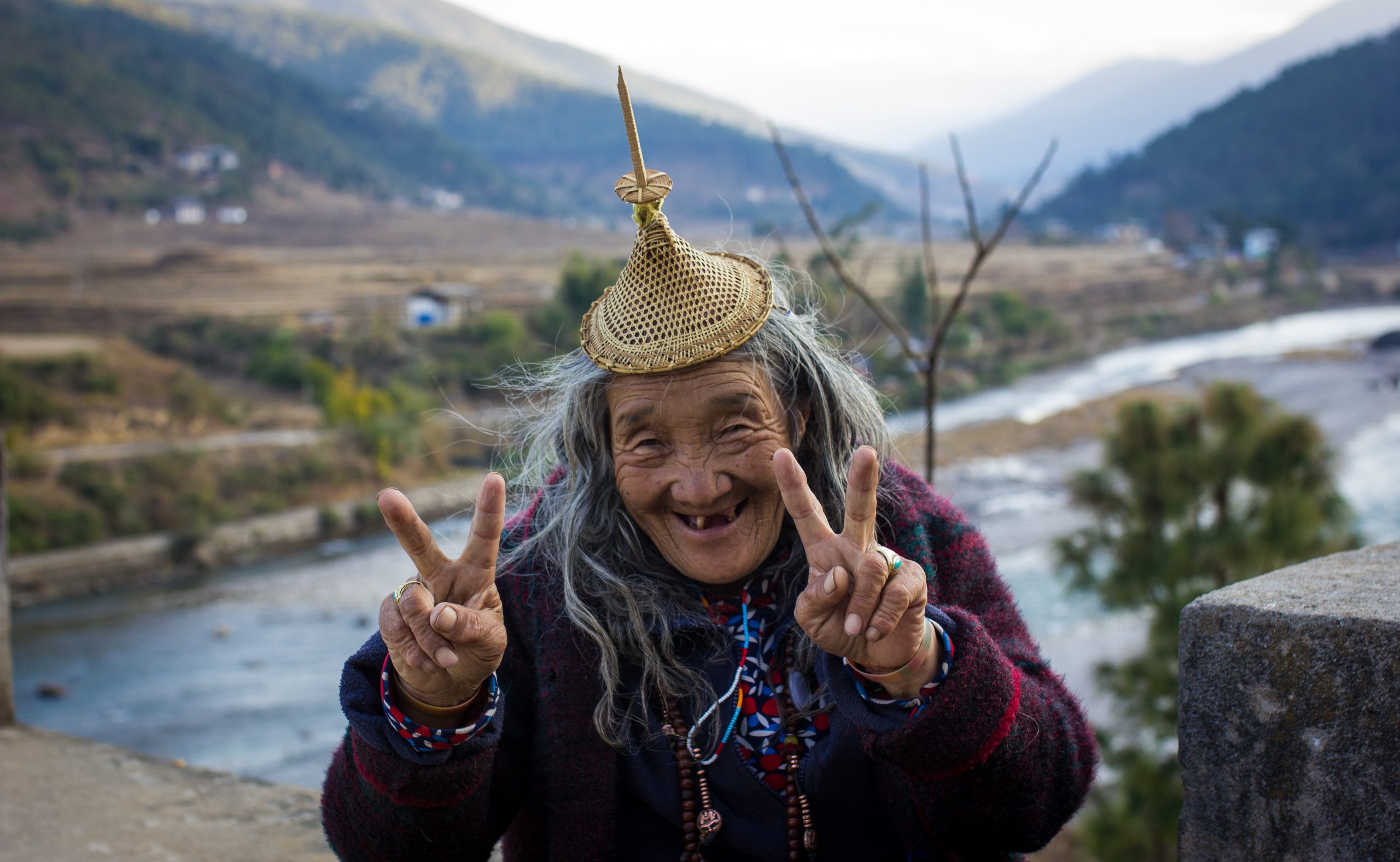
UNIQUELY INDEPENDENT AND DETERMINEDLY DEMOCRATIC.
Although our land has been inhabited for thousands of years, our nationhood is relatively recent. We are always evolving: our country was unified four centuries ago, our monarchy is 100 years old and our democracy 14. We have always been proudly independent, committed to the development of our nation and our people, and a friend to the world.
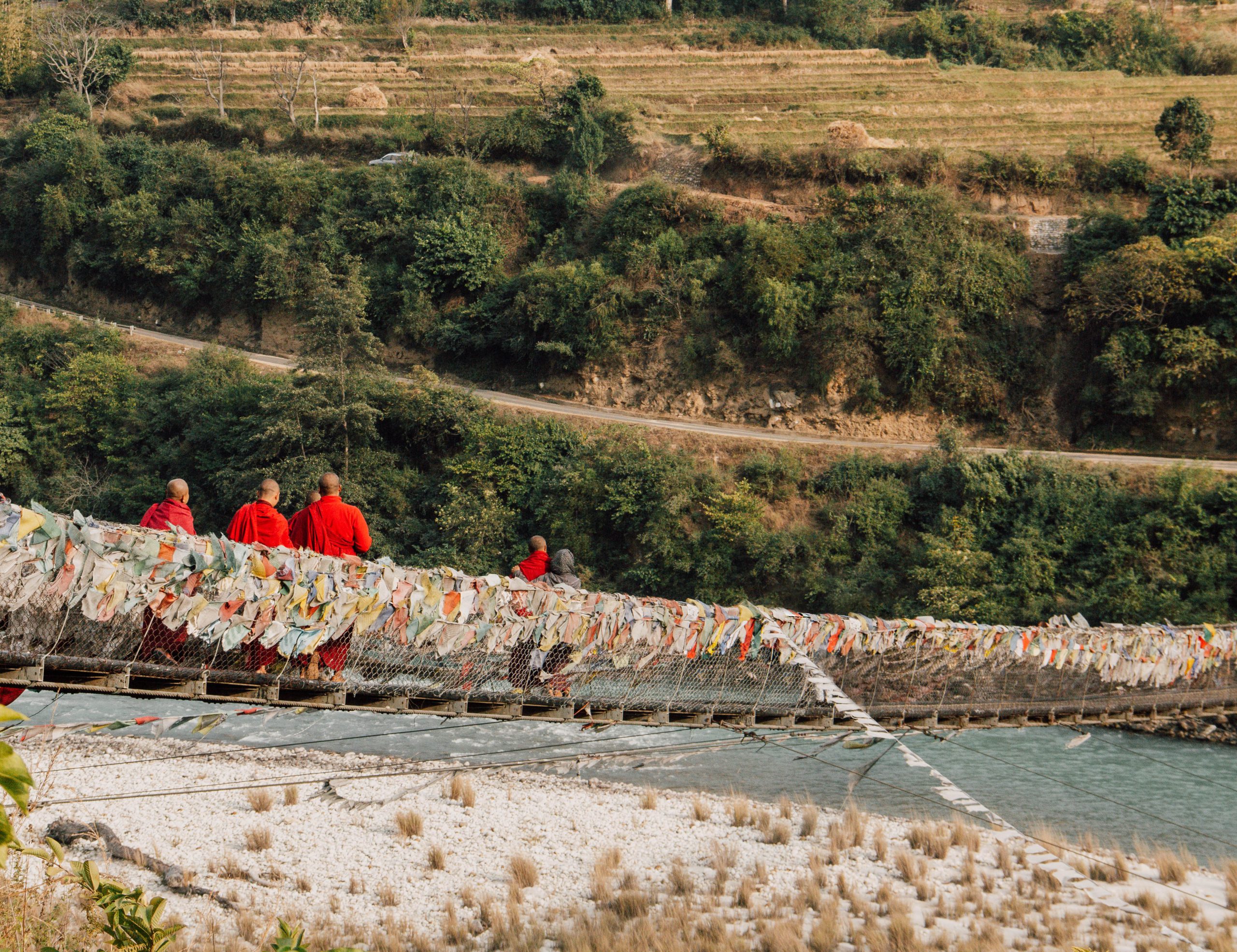
SOOTHE YOUR SPIRIT OR TEST YOUR METTLE – OR BOTH.
Bhutan offers thrillingly contrasting experiences for body and soul, often simultaneously. Strenuous climbs or sound healing, white-water rafting or hot-stone bathing, mountain biking or meditation – the choices are as varied as the terrain, and as certain to salve spirits and promote relaxation.
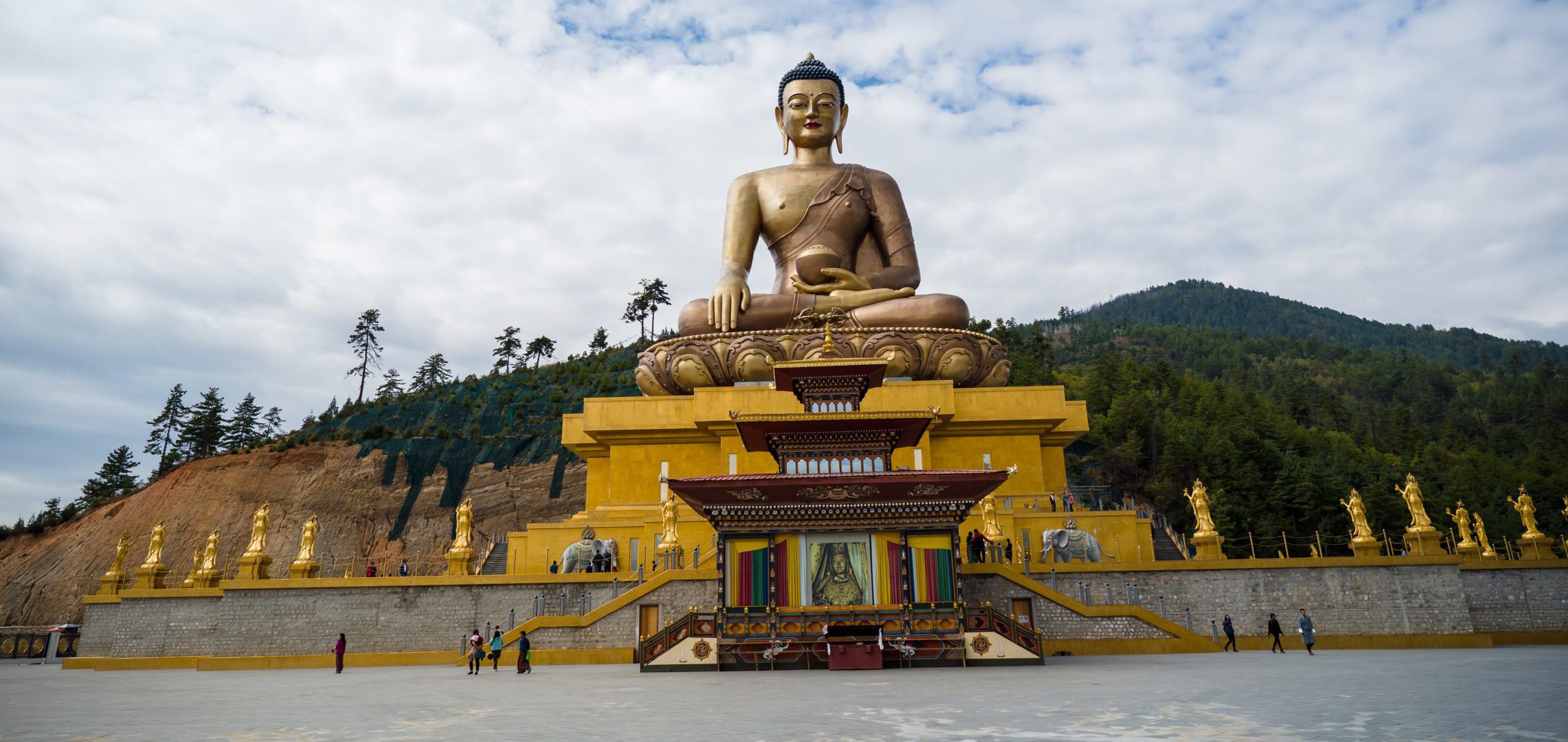
FROM RURAL HOMES TO RESTAURANTS, BHUTAN IS FULL OF FLAVOUR.
Hospitality and food are inextricably linked here. Whether in the remotest valley or the chicest restaurant, many of the same ingredients are used to conjure astonishingly diverse creations: cheeses of yak or cow milk, red rice, butter, buckwheat and always, always chillies. Chillies of every possible type and permutation – red or green, dried, in pastes or sambals – are the nation’s favourite vegetable, making our warm welcome a literal one.

ALONGSIDE CULTURE-PACKED CITIES, RURAL LIFE QUIETLY UNFOLDS.
The streets of Thimphu, Paro and Phuentsholing bustle with locals working and socialising, and guests exploring markets and museums. Meanwhile, in tranquil valleys and on vertiginous hillsides, people churn milk into butter, gather wild greens from the forest, and chat over suja, or butter tea. There’s a pace – and a place – for everyone.
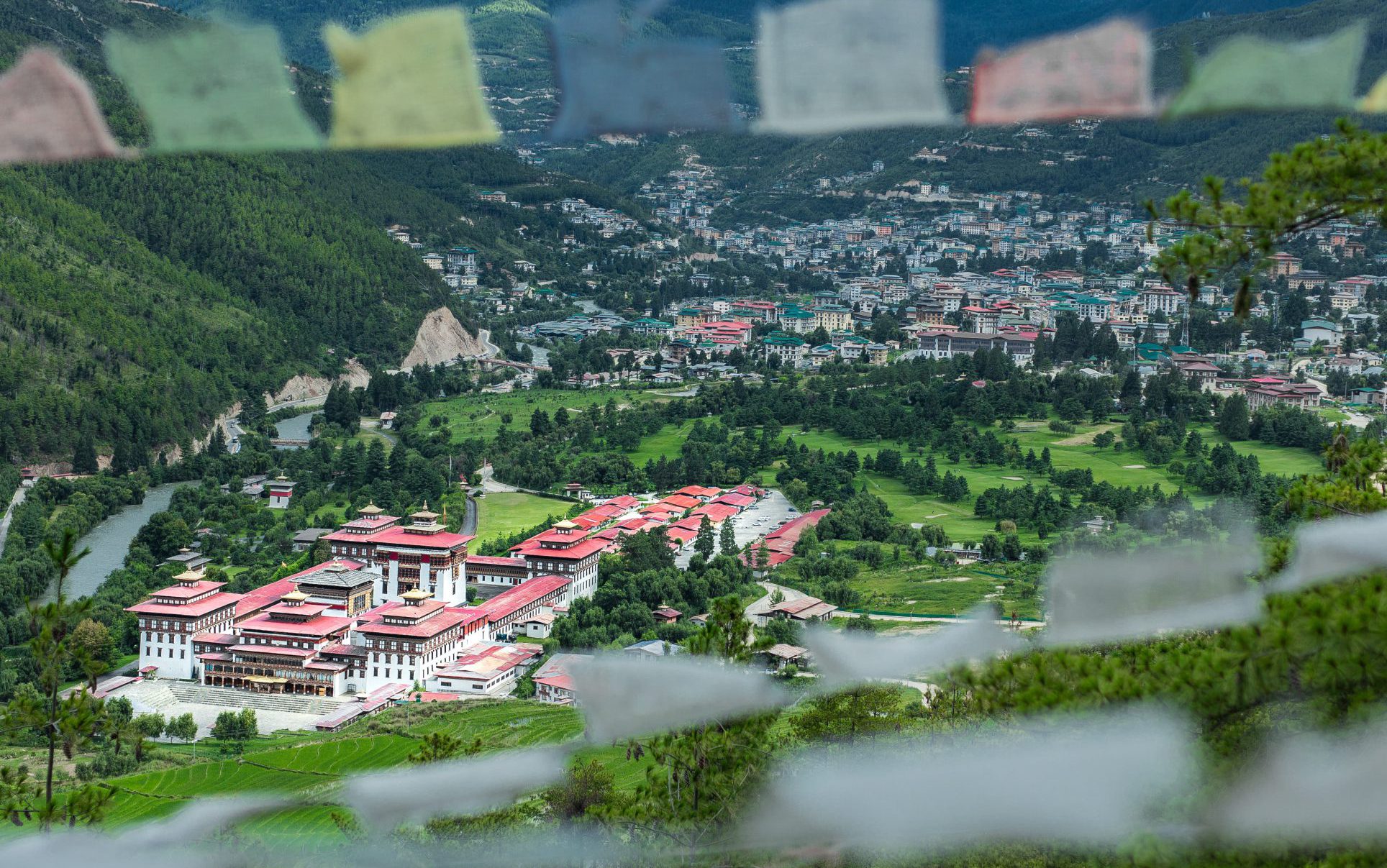
AN UNRIVALLED VARIETY OF LANDSCAPES AND LIFE.
Given Bhutan’s lowland valleys and snow-capped peaks that easily reach 7,000m above sea level, it’s possible to pass through several climates in a day. There are lush, subtropical dells, pine-forested hillsides and mountain glaciers – and at every elevation, the landscape teems with wildlife. With more than 70% of our territory swathed in pristine woodland, biodiversity thrives here. This is nature at its wildest.
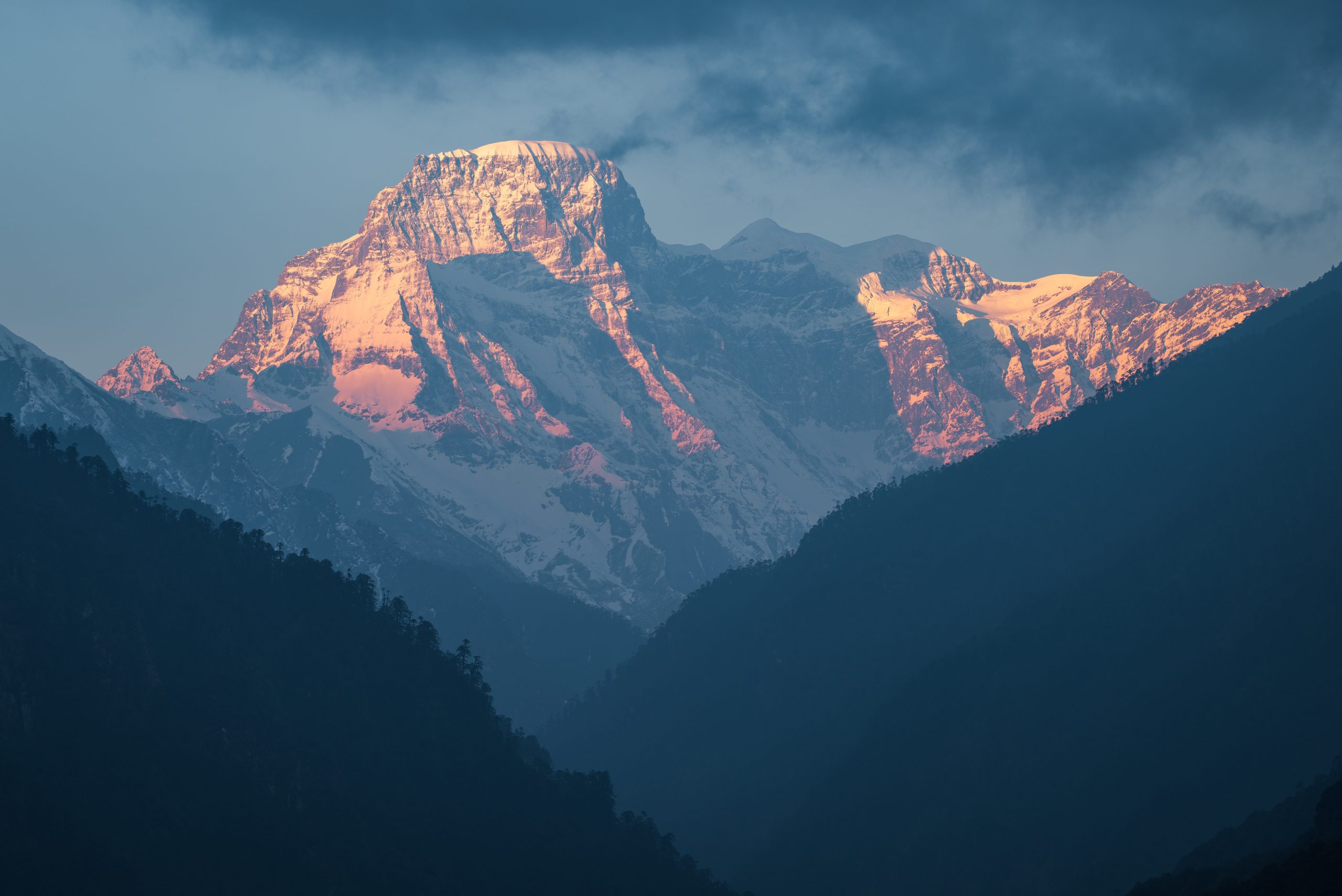
MEET MASTERS OF CONTEMPORARY CULTURE AND ANCIENT ART FORMS.
Over centuries of seclusion, we developed unique cultural pursuits that continue to evolve today – like archery or da, the national sport and the focus of regular, raucous (and highly competitive) tournaments. Thirteen protected arts and crafts – zorig chusum – from ceramics to blacksmithing, and sculpture to carpentry, have been passed down. This vibrant legacy has created a culture that’s tangible everywhere from the humblest home to the most important dzong. Young artists develop contemporary works at not-for-profit arts organisation Voluntary Artists Studio, Thimphu (VAST), while classically trained weavers collaborate with emerging designers.
